
When purchasing a computer in the form of a finished unit or individual parts, you will run into somewhat confusing specs. It will tell you that your computer is either an “ATX” or “Micro ATX” type without explaining exactly what it means. Unfortunately, these confusing initials are very important to understand when purchasing a computer. While buying the wrong type of computer isn’t a disaster for you, it can get in the way of your future computer plans. So what do these strange terms mean?
In this article, Niketrainers.com.co will tell you:
What does this specification mean
These initials refer to the so-called “aspect ratio” of the motherboard. Motherboards can come in all shapes and sizes to fit a variety of devices, from supercomputers to cell phones. Accordingly, it is necessary to diversify the different ways of manufacturing motherboards.
No wonder there are many formats, each one designed to fit a specific function. However, for the sake of this article, we will only focus on those you will most likely encounter when purchasing a PC or motherboard: EATX, ATX, Micro ATX, and Mini ITX.
What does each of them mean?
To begin with, let’s start with a “standard” size motherboard, or ATX. ATX stands for “Advanced Technology eXtended” and was developed in 1995. If you own or have had a full-size PC, most likely you have an ATX motherboard. This makes ATX the “normal” choice when purchasing a PC or motherboard.
Starting with ATX, motherboards become larger or smaller. Going up, you have an EATX (Extended ATX) motherboard that adds more to your ATX motherboard and is a bit larger as a result. Conversely, you have Micro ATX which is smaller than ATX. Then there’s Mini ITX (“Extended Information Technology”), which is even smaller than Micro ATX. This can be confusing as the “Micro” card is larger than the “Mini” card, so be careful!
What’s the difference between them?
So now we know the obvious difference between these four motherboards is their size: EATX is the largest, then ATX, then Micro ATX, and finally Mini ITX. But why do we have motherboards of different sizes in the first place? What advantages and disadvantages do the different sizes have?
The size of the box
First, having a smaller motherboard allows you to generally have a smaller computer. If you look inside the computer case, you will see that a large part of its height is only taken up by the motherboard. If you want a smaller PC it’s a good idea to start with a smaller motherboard!
Micro ATX and Mini ITX are options of choice for people who want smaller computers. Small PCs are great if you want something portable, or as a server or media center that doesn’t take up much space. Just remember that components designed for ATX computers may not fit into a smaller chassis.
In ordinary cases, a case designed for a specific format can also accommodate smaller ones. For example, ATX cases are often designed to also accommodate Micro ATX and / or Mini ITX motherboards. Before purchasing a computer case that is a different size than the motherboard, check the manufacturer’s specifications.
Functionality
However, the smaller size comes with a cost. Smaller motherboards are made possible by eliminating expansion slots on the motherboard itself. The result is a motherboard that fits in smaller boxes, but doesn’t have the freedom to upgrade that larger formats have.
Switching from ATX to Micro ATX causes the loss of some PCI slots. ATX motherboards come with around six PCI slots (typically 3x PCI-E x16 and 3x PCI-E x1, but this may vary by model) while Micro ATX has around three (1x PCI-E x16 and 2x PCI-E x1). This means less space for add-ons such as graphics, audio, capture, and network adapters. Mini ITX boards typically only have one PCI-E x16 slot.
Occasionally there will also be a reduction in the number of RAM slots. ATX to Micro ATX can go from four to two slots, although this is not always the case. Mini ITX often only has two slots for RAM, although some have managed four. A smaller board can also affect USB ports.
Of course, the opposite is true – larger EATX boards will have more functionality. As a minimum, they usually have four or more PCI-E x16 slots, making them a great option if you have big plans for PCI-E ports. In short, if you’re looking for a computer with multiple ports and upgrade options, stick with ATX or EATX over the smaller options.
cost
While this is not always the case, Micro ATX computers and motherboards are usually the cheapest option. If you’re looking for a PC that you’re not interested in upgrading or installing additional hardware on, you can save some money by opting for a smaller motherboard. Just make sure you don’t want to add additional components in the future, otherwise you can purchase ATX later to meet your needs.
Are smaller tables “slower”?
Despite its size, you shouldn’t notice that smaller motherboards “run slower” than larger ones. Of course, shrinking means you can sacrifice PCI-E and RAM slots, which will mean your computer’s potential power is less than that of its larger sibling. You may also find that smaller boards do not support overclocking and high-end applications, as do ATX and EATX boards. However, given that smaller tables are “inherently” slower, they shouldn’t.
welcome on board
Computer size can be a confusing topic. Now you know what their main differences are, how they are used and which one is best for you.
Is the form of the motherboard the key point of purchase? Or maybe it doesn’t make much difference to you? Let us know below!




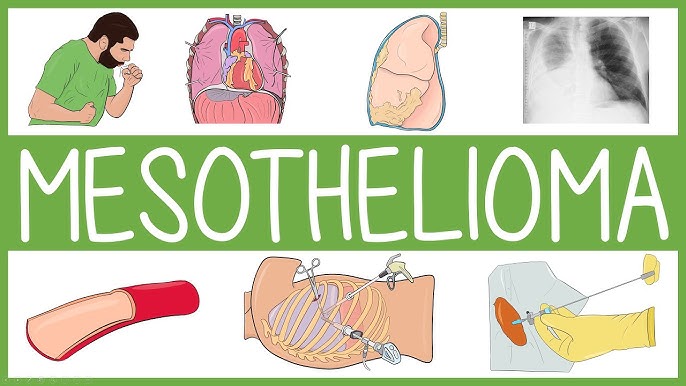





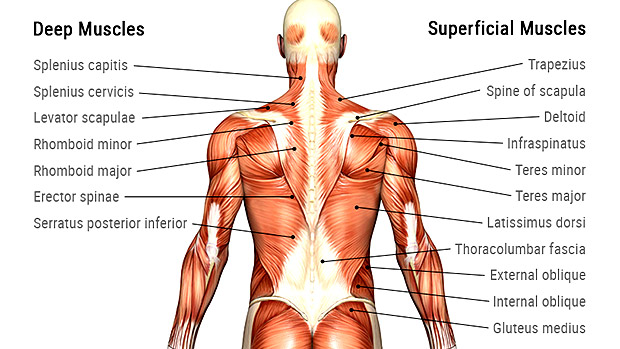



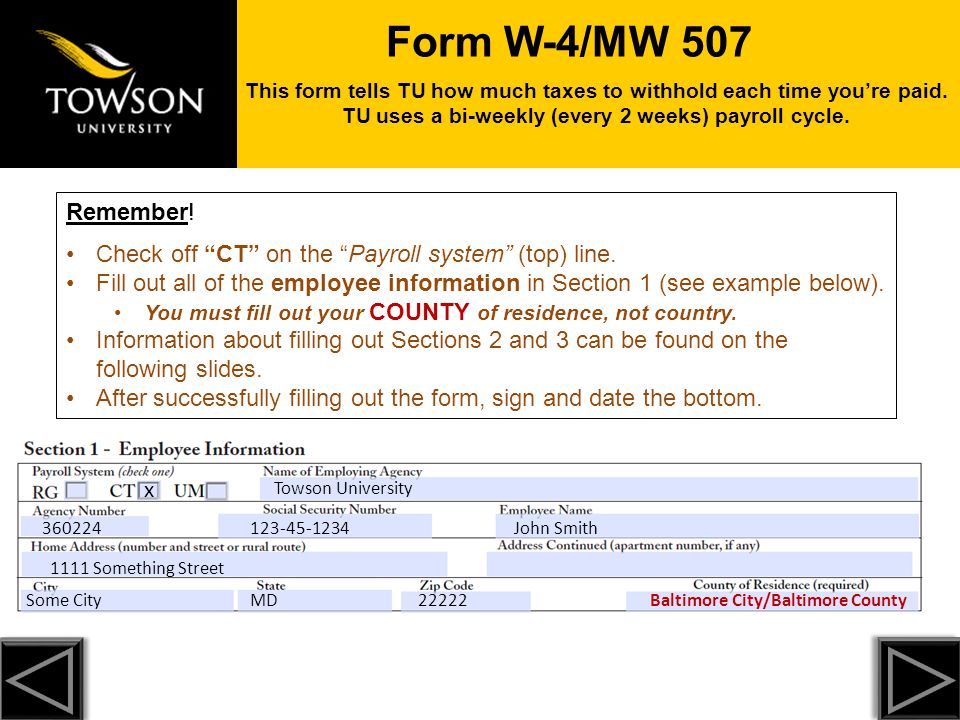







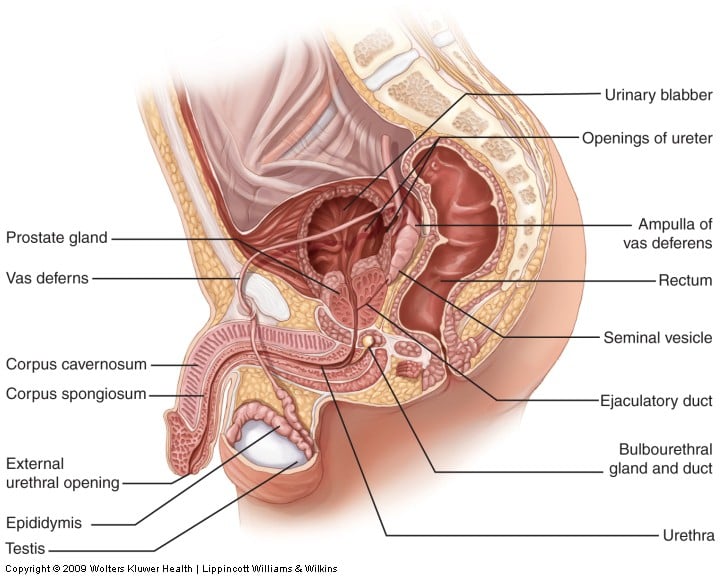
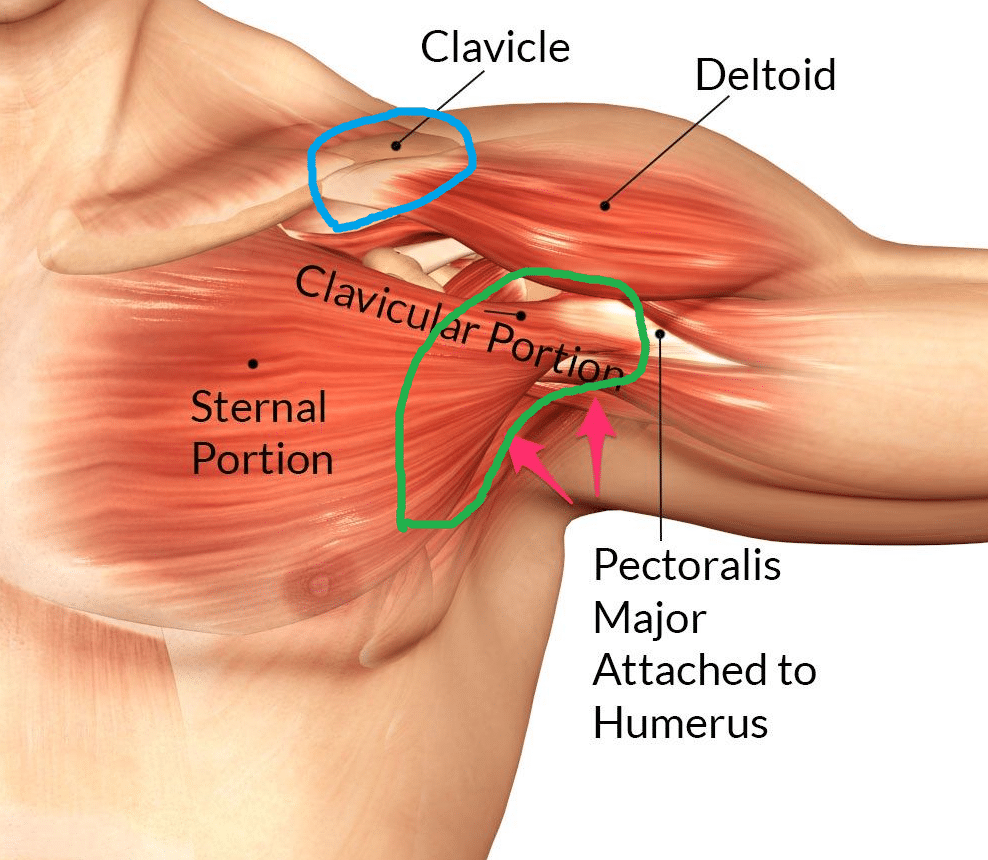



















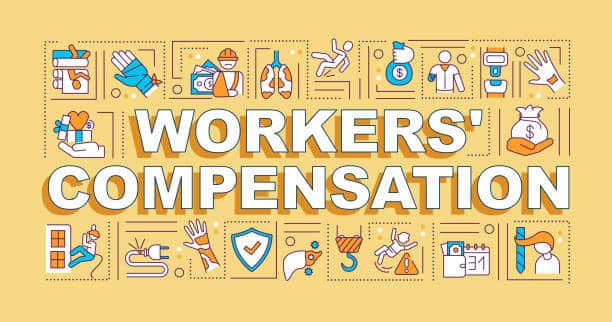


![The funeral procession for Murphy Afolabi ended at his home in Ikorodu [VIDEO].](https://niketrainers.com.co/wp-content/uploads/2023/05/Brown-Elegant-Fashion-Sale-Website-YouTube-Thumbnail-34-750x450.png)
![[VIDEO] Kolawole Ajeyemi weeps terribly over the loss of Murphy Afolabi.](https://niketrainers.com.co/wp-content/uploads/2023/05/Brown-Elegant-Fashion-Sale-Website-YouTube-Thumbnail-33-750x450.png)




















































